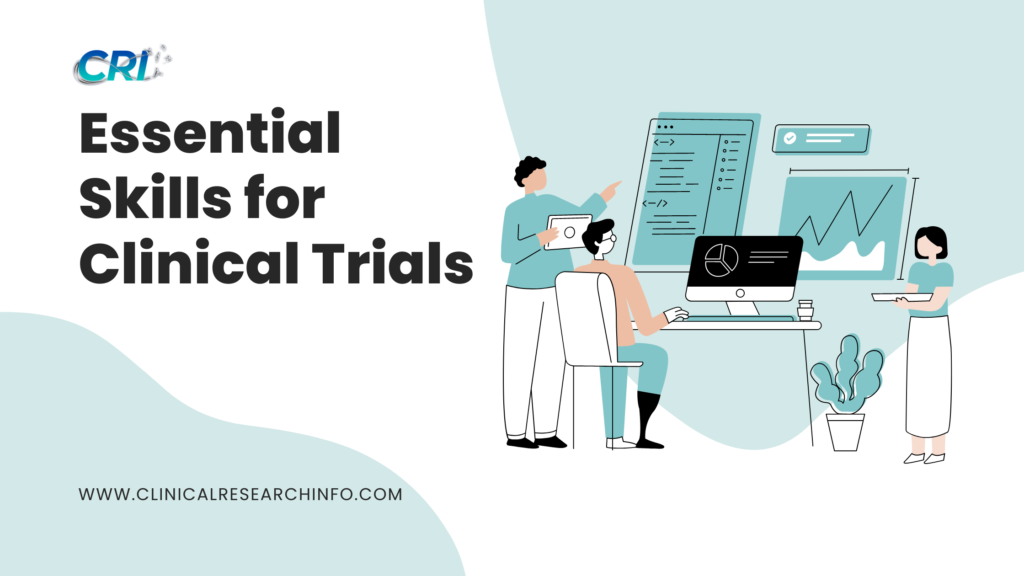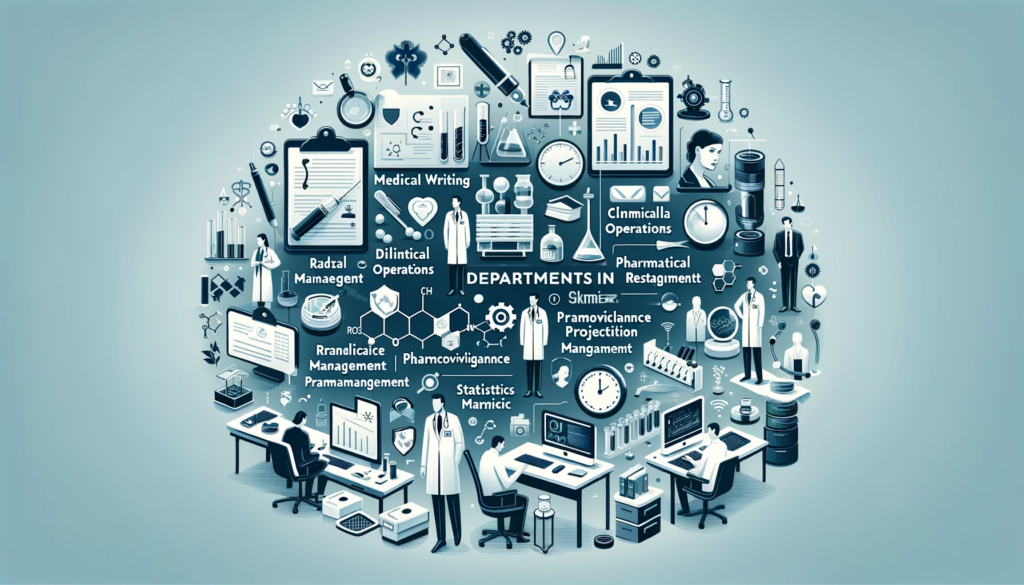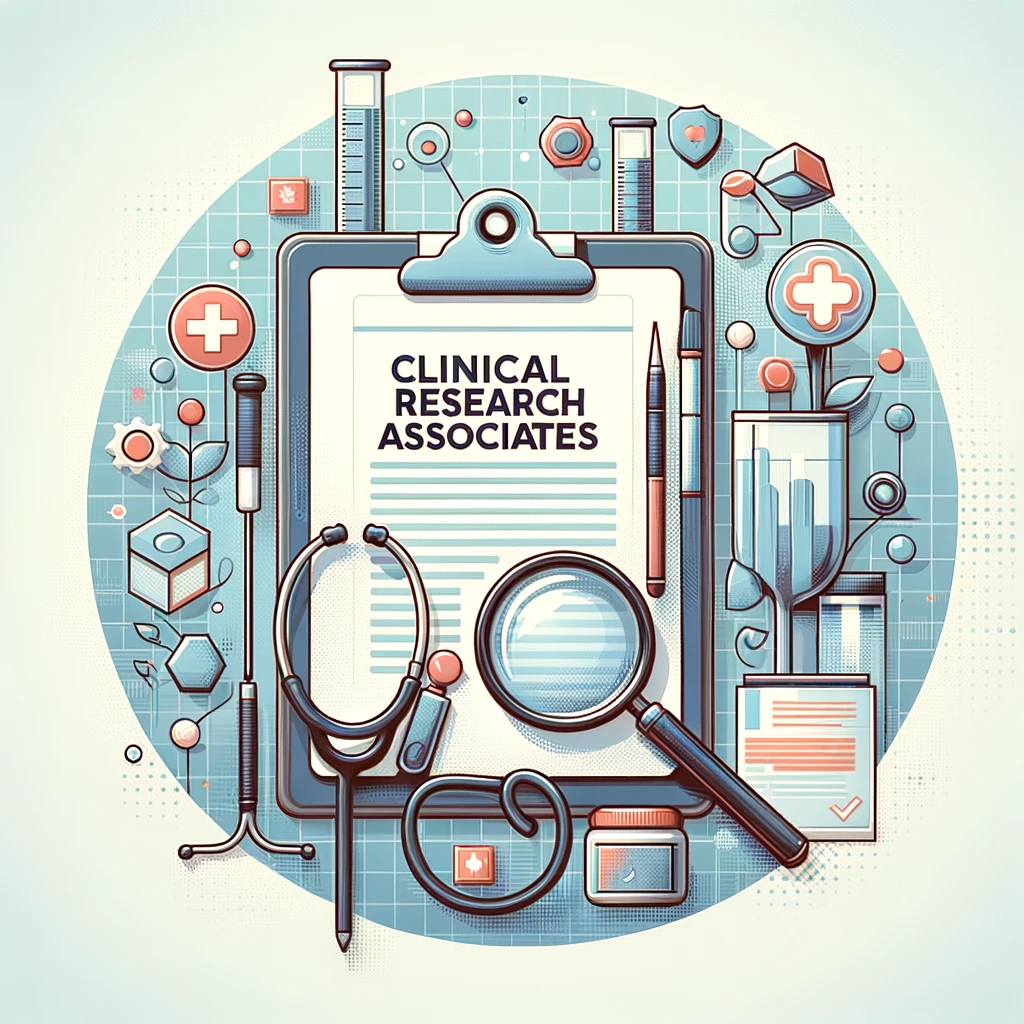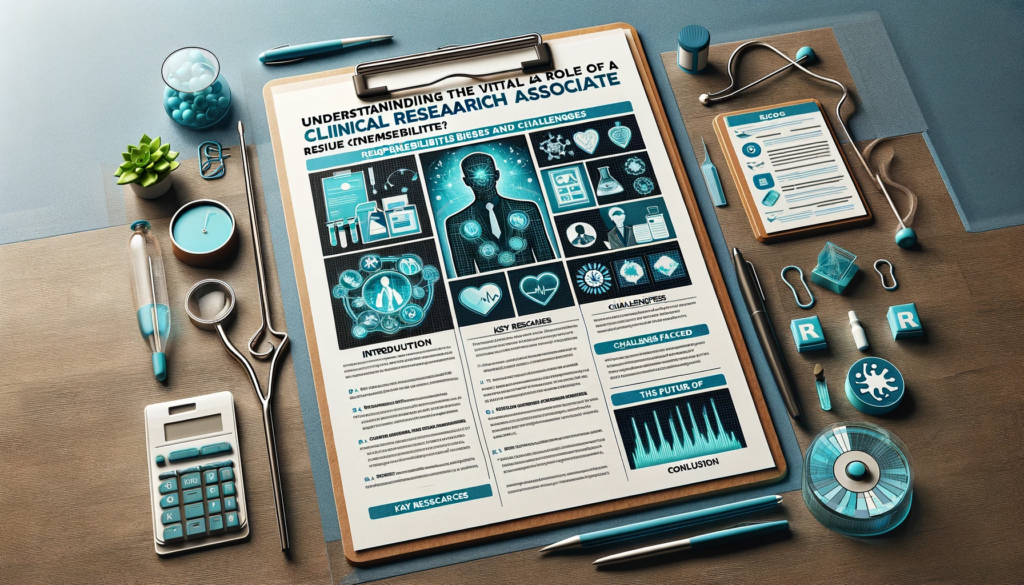Introduction The role of a Clinical Research Associate (CRA) is pivotal in the landscape of clinical trials and research. As a bridge between pharmaceutical companies and clinical trial sites, CRAs ensure the smooth execution of trials, adherence to regulatory standards, and integrity of data collected. As the industry evolves, the role of a CRA continues to become more dynamic and challenging. In this blog, we’ll delve into how you can prepare for a CRA interview, including insights into site visits, real case scenarios, challenges faced at sites, and the future outlook of the CRA role. Understanding the Role of a CRA Before heading into an interview, it’s crucial to have a deep understanding of what the role entails. A CRA is responsible for monitoring clinical trials, ensuring that they are conducted, recorded, and reported by the protocol, standard operating procedures (SOPs), Good Clinical Practice (GCP), and the applicable regulatory requirement(s). Preparing for the Interview Research and Background Knowledge Common Interview Questions Real Case Scenarios and Studies Discussing real case studies can demonstrate your practical experience and problem-solving skills. Here are a few scenarios you might encounter: Site Visits Site visits are a core part of a CRA’s role. Discuss your experience with: Challenges Faced by CRAs Being a CRA is not without its challenges. In your interview, be prepared to discuss common issues such as: The Future of the CRA Role The CRA role is evolving with technological advancements and a changing clinical trial landscape. Discuss your views on: Navigating the Interview Process for Senior Clinical Research Associates: Expert Answers for Success Question 1: Can you describe your experience in clinical trial management?Answer: “In my previous roles, I’ve managed various aspects of clinical trials, including site selection, initiation, monitoring, and close-out activities. My focus has always been on ensuring compliance with study protocols and regulations. For example, in one project, I led a team through a complex multi-site trial, ensuring adherence to GCP guidelines throughout the trial’s lifecycle.” Question 2: What strategies do you use for effective site selection and initiation visits?Answer: “Effective site selection involves thorough research and feasibility assessments. I prioritize sites with a track record of adherence to trial protocols and timelines. During initiation visits, my approach includes detailed discussions with site staff to ensure they understand the study requirements, along with a comprehensive review of the infrastructure and resources available.” Question 3: How do you manage study timelines and budgets?Answer: “I manage study timelines by developing a detailed project plan and closely monitoring the progress against it. For budget management, I keep a stringent check on expenses and forecast future costs, which helps in avoiding overruns. In one of my projects, I successfully navigated unforeseen challenges by reallocating resources without impacting the overall budget.” Question 4: How do you lead and train junior CRA team members?Answer: “Leadership for me is about setting a clear example and being approachable for guidance and support. I regularly conduct training sessions for my team, focusing on both theoretical knowledge and practical skills. My goal is to build a team that’s not only proficient in protocol but also adept at handling on-site challenges.” Question 5: How do you communicate complex information to study sponsors and investigators?Answer: “I believe in clear, concise communication. When dealing with complex information, I break it down into easily digestible segments. For instance, I once created a simplified guide on a new protocol amendment for our sponsors and investigators, which was well-received for its clarity.” Question 6: How do you ensure study site compliance with regulations?Answer: “Regular audits and training sessions are key to ensuring compliance. For instance, during one audit, I identified a minor non-compliance issue and immediately addressed it with additional training and process adjustments, ensuring no recurrence.” Question 7: Can you provide an example of resolving a significant challenge during a study?Answer: “In a study where patient recruitment was lagging, I implemented a revised strategy involving community outreach and collaboration with local healthcare providers. This not only improved recruitment rates but also enhanced the diversity of our study population.” Question 8: How do you maintain accuracy in study documentation and reporting?Answer: “I ensure that all documentation is updated promptly and accurately. For instance, I maintain a systematic approach to filling out case report forms and ensure all study documentation is audit-ready at any point.” Question 9: Do you have experience in site financial management?Answer: “Yes, in my last role, I was responsible for overseeing the financial aspects of our sites. This involved monitoring budgets, reviewing invoices, and ensuring that all financial dealings aligned with the clinical trial agreement.” Question 10: How do you stay updated with industry best practices and regulations?Answer: “I regularly attend industry conferences and participate in webinars and training. Staying updated is crucial in our field, and I make it a priority to be aware of the latest trends and changes in clinical research regulations.” ConclusionPreparing for a CRA interview requires a deep understanding of clinical trial processes and the ability to articulate experiences and skills effectively. The answers provided here are designed to help candidates showcase their expertise and readiness for the challenges of a Senior CRA role. Remember, personalizing these answers with your unique experiences will make your responses more impactful. Conclusion The interview for a Clinical Research Associate position is an opportunity to showcase your expertise, experience, and passion for clinical research. By understanding the intricacies of the role, reflecting on your experiences, and staying informed about the industry’s future, you can present yourself as a well-rounded and forward-thinking candidate. Remember, your ability to navigate complex scenarios, your commitment to ethical and accurate research, and your understanding of the evolving nature of clinical trials will set you apart as a promising CRA.








